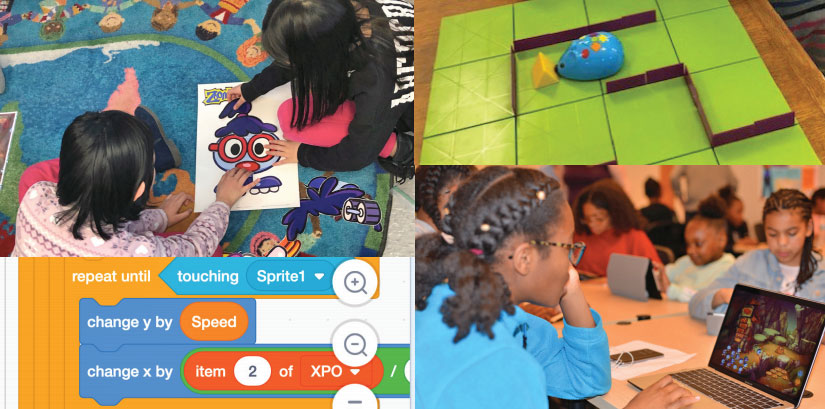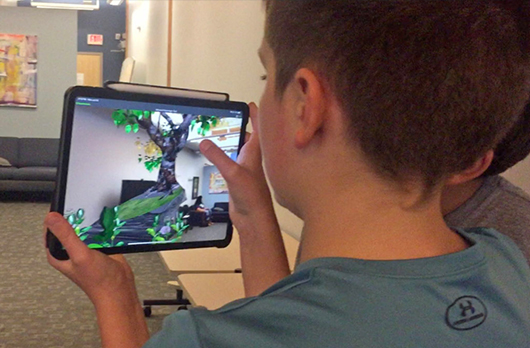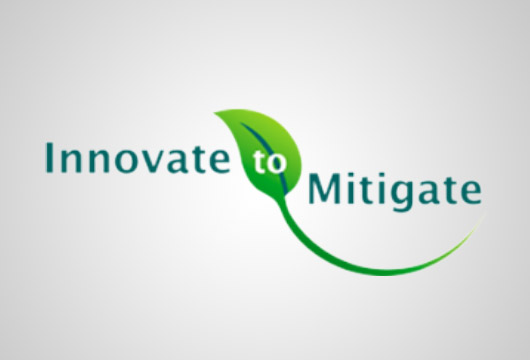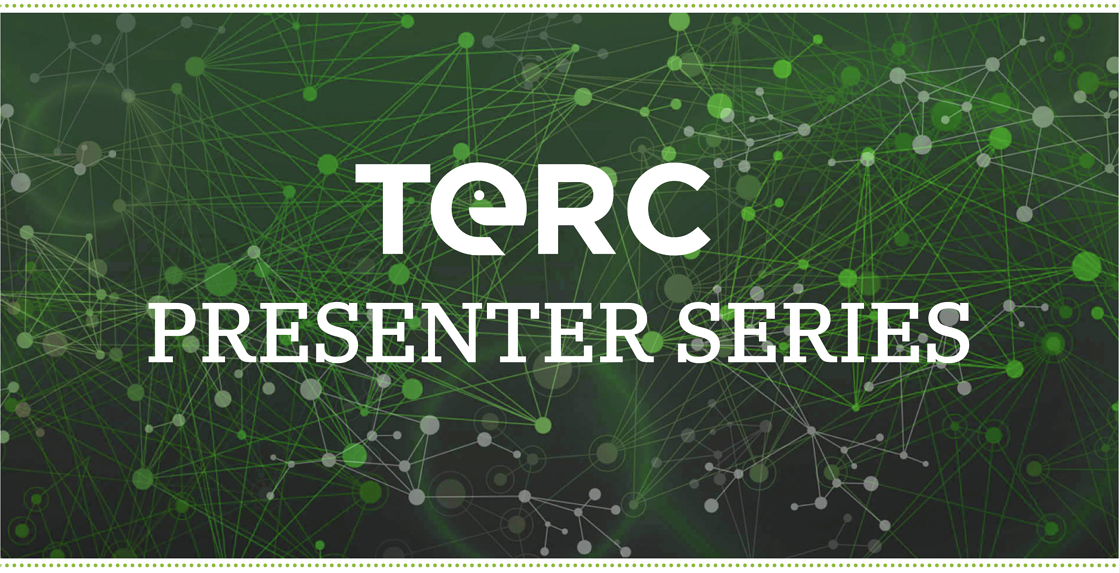
TERC has spent a significant amount of time researching and integrating Computational Thinking in STEM learning. Here is a compilation of our latest resources, examples, and research.
Score:
TERC’s goal is to look at EF+STEM through the lenses of both neurodiversity and social equity.
Score:
Join us at the TERC booth to meet the authors and researchers behind our STEM curricula and resources. We have a packed schedule at the booth with projects that are for all age groups and range from storybooks to energy curricula to adult math PD resources and everything in between!
Below is a schedule to help you plan when you can get face to face time with each author! If you can’t make it to our booth during a specific author hour, » Read more
Score:
Free educational resources that can be used at home and in the classroom for multiple age groups.
Score:
TERC is exploring the affordances of virtual reality, mixed reality, and augmented reality to broaden participation in STEM.
Score:
For UniVRsal Access, EdGE is co-designing a Virtual Reality (VR) STEM mystery game with learners with autism, embedding supports for sensory, attention, and social issues, and researching how VR can be used to increase access and broaden participation in STEM learning.
Score:
This study analyzes research on women of color in undergraduate engineering education to determine what influences their experiences, participation, and advancement.
Score:
Challenge your students to submit ideas about how to address climate change by reducing greenhouse gases!
Score:
The TERC Presenter Series enabled staff members to host presentations that shared their work and ongoing research.
Score:
The Identify-Frame model provides researchers and educators with a new way of understanding STEM identity development for adolescent youth. See how it works in the latest research.
Score:
